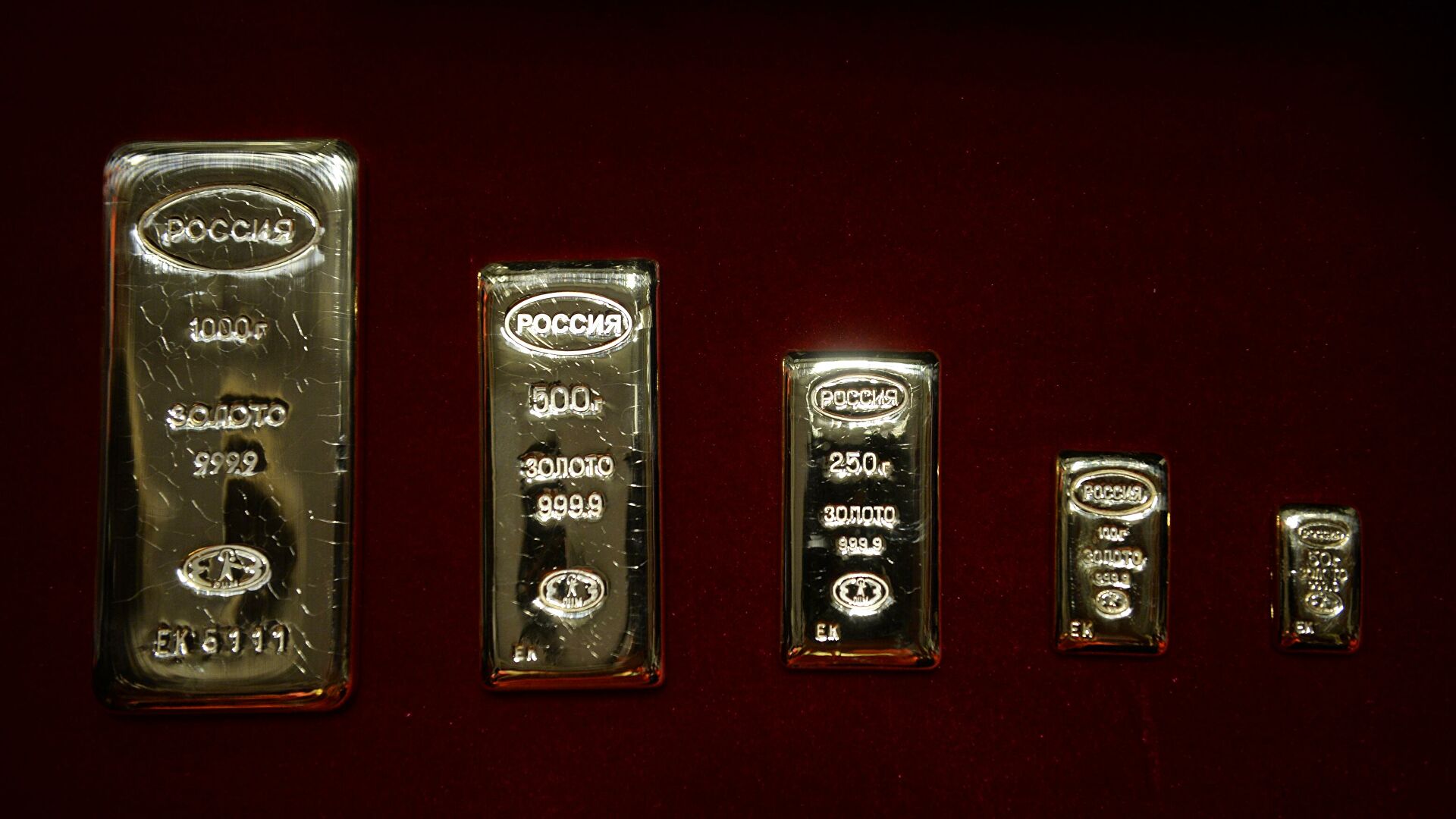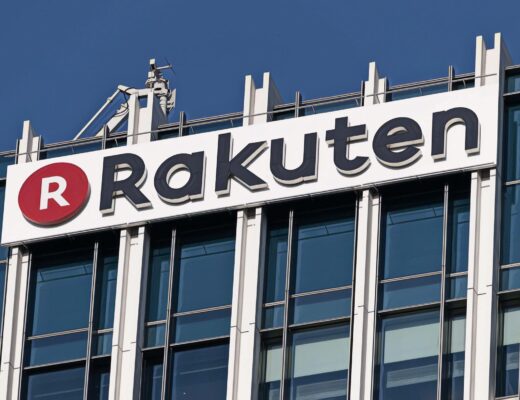Gold reserves in Russia are decreasing: the reduction of volumes in banks
Gold reserves in Russia continue to decline for several months in a row. Over the past 1.5 years, reserves of the precious metal in local banks have declined to a record low. Such a situation is caused by seasonal factors and fluctuations in demand from consumers.
According to the data from the Central Bank of the Russian Federation, Russian banks’ investments in gold fell to the indicators of the beginning of the year. Last month volumes fell by almost 22%, and this trend has been continuing for three months. Now stocks of the precious metal stand at 61.9 tons, which is the lowest value since 2019, when investments fell to 54.5 tons.
During the pandemic, demand for gold rose sharply, experts attributed to the desire of investors to invest in reliable assets. And the value of the futures on the metal fluctuated depending on how events unfolded around the spread of COVID-19. By the summer of last year, the price of gold exceeded the record values of 2011, reaching the level of $2,000 per ounce. Decrease in the U.S. GDP contributed to the growth in demand for the precious metal, which broke all the anti-records. The situation changed after the news about the development of vaccines against COVID-19. However, interest in the asset did not fade this year.
Following trends, Russian banks were actively increasing gold reserves, and by September 2021 their volume was 121 tons. The increase in gold production in the country also contributed to the growth of the precious metal.
 Now the largest stocks of gold are held by VTB – it owns 37.5 tons, Sberbank has 7.1 tons on its balance sheet. In third place by the volume of metal is Gazprombank and its 5 tons.
Now the largest stocks of gold are held by VTB – it owns 37.5 tons, Sberbank has 7.1 tons on its balance sheet. In third place by the volume of metal is Gazprombank and its 5 tons.
It should be noted the traditional factors that affect the turnover of gold. A steady trend is the reduction of reserves by the end of the year, this was observed in 2020, 2019 and 2018. Simultaneously with this factor, the number of banking transactions related to the precious metal decreases. During this period, the turnover of accounts in foreign banks is decreasing, and this trend is already evident.
Note that the changes affected the segment of precious metals after the Central Bank refused to purchase the asset on the local market. As a result Russian banks now sell gold at foreign sites. In addition, last year, mining companies also got the right to export their products, but in most cases transactions are still carried out through banks.
Now the price of the precious metal is fluctuating, but demand from buyers is high, which is observed by an increase in transactions with the asset in the international market.










